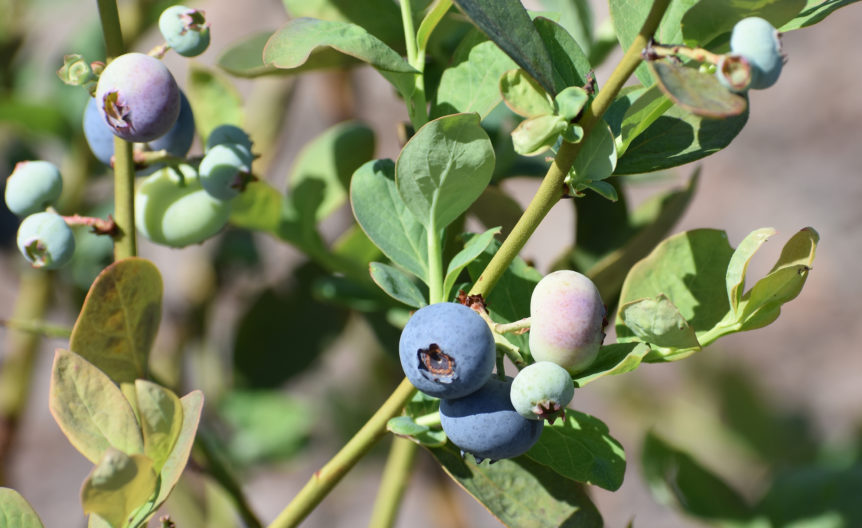
By Clint Thompson
Florida’s blueberry crop emerged unscathed following Hurricane Debby’s trek through the region on Aug. 5, according to Doug Phillips, University of Florida Institute of Food and Agricultural Sciences (UF/IFAS) blueberry Extension coordinator.
“Things are looking good. I talked to guys in each of the three regions; north, central and south. Very few plants were blown over, a lot of rain of course. There were few farms that were pumping a little bit of water out of the fields. Each of them said to me, ‘We’ve got some rain, a little bit of standing water but nothing significant,’” Phillips said. “I think the thing that probably helped, at least while it was passing by central Florida, it kind of stayed out in the Gulf. I think the worst of the winds are on the east side of the storm typically, but I think it was far enough out in the Gulf that it wasn’t anything catastrophic.
“We dodged a bullet on that one.”
That was then, and this is now. Another couple of storms are currently brewing in the Atlantic and could be bound for Florida. Phillips emphasized the crop is now in a more vulnerable state with more to lose.
“Probably the more vulnerable time would be September, October. The reason is that blueberries start to set their floral buds usually in September. When we had Hurricane Ian come through in South Florida, we had significant defoliation. They had significantly less yields, mostly for that reason. It didn’t set as many floral buds,” Phillips said.
“I would say the more vulnerable time during hurricane season for us would be September, October.”










